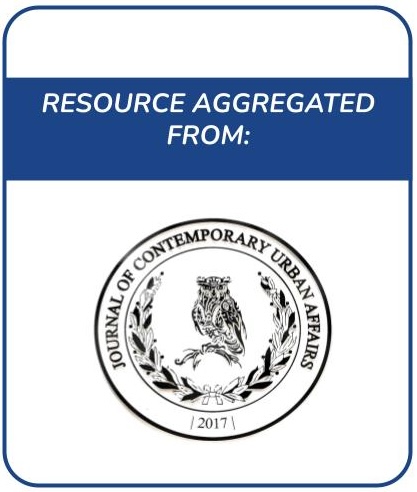Modeling the Carbon Sequestration Potential of Multifunctional Agroforestry-Based Phytoremediation (MAP) Systems in Chinandega, Nicaragua
Global sustainability challenges associated with increasing resource demands from a growing population call for resource-efficient land-use strategies that address multiple sustainability issues. Multifunctional agroforestry-based phytoremediation (MAP) is one such strategy that can simultaneously capture carbon, decontaminate soils, and provide diverse incomes for local farmers. Chinandega, Nicaragua, is a densely populated agricultural region with heavily polluted soils.







